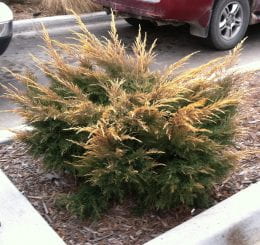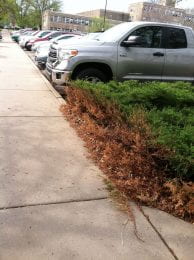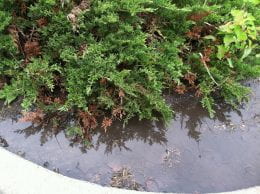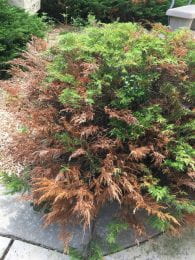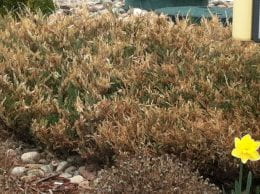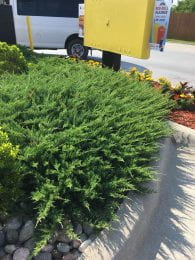By: Brooke Garcia
You know it is spring or summer when the mosquitos are out for blood. However, they seem especially terrible this season, following a tremendous amount of rainfall in the NE Kansas area. It is difficult to enjoy our favorite activities outdoors when we are constantly being bitten. As an avid gardener, I have found it hard to withstand being outdoors for long periods of time. I’ve recognized the importance of implementing methods to suppress and eliminate mosquito habitats after a series of bites leaves me itching for revenge.
To overcome this 2019 mosquito battle, I wanted to provide you with some tips and tricks to reduce the mosquito populations surrounding your favorite places and spaces. For starters, eliminate pools of water in your garden. These can be found in planters, saucers, gutters, tires, tree holes, plastic covers, low spots, and/or any additional areas where water can be contained. As much as we enjoy  our bird baths and water features, it is important to provide weekly maintenance to them. This includes emptying and changing out the water to remove potential mosquito habitats. If you happen to have a swimming pool, circulation of water and appropriate treatments are needed to eliminate mosquito habitats. In addition, avoid over-watering. As I was driving in Manhattan today, following a night of rain showers, I noticed someones sprinklers going off. The runoff and wet ground is only adding to this mosquito problem.
our bird baths and water features, it is important to provide weekly maintenance to them. This includes emptying and changing out the water to remove potential mosquito habitats. If you happen to have a swimming pool, circulation of water and appropriate treatments are needed to eliminate mosquito habitats. In addition, avoid over-watering. As I was driving in Manhattan today, following a night of rain showers, I noticed someones sprinklers going off. The runoff and wet ground is only adding to this mosquito problem.
As far as chemical and/or organic methods of removal go, using appropriate barriers of protection against bites is highly advised. If you prefer not to use DEET, this is my go-to Insect Repellent recipe: 
- 1/2 cup water
- 1/4 cup witch hazel
- 45 drops of eucalyptus oil
- 30 drops of lemon oil
- 10 drops of peppermint oil
- 6 ounce spray bottle
Be sure to shake well before applying often. Store this out of direct sunlight, and it should keep for 6-9 months.
Adding lemongrass and/or citronella into your planters or landscape are also advised as ways to reduce the mosquito population around your home.
Remember the structural barriers in which mosquitos can enter a building, home, or screened-in area. It is important to cover any holes or crack that may be found around windows and doors. If your screen door has a small hole in it, covering it with a piece of tape is a temporary fix until the screen can be replaced.
The overall goal is to avoid being bitten. It is our hope that these methods can easily be implemented into your life, or those surrounding you.
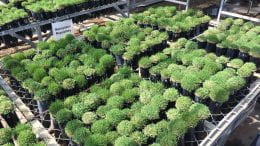

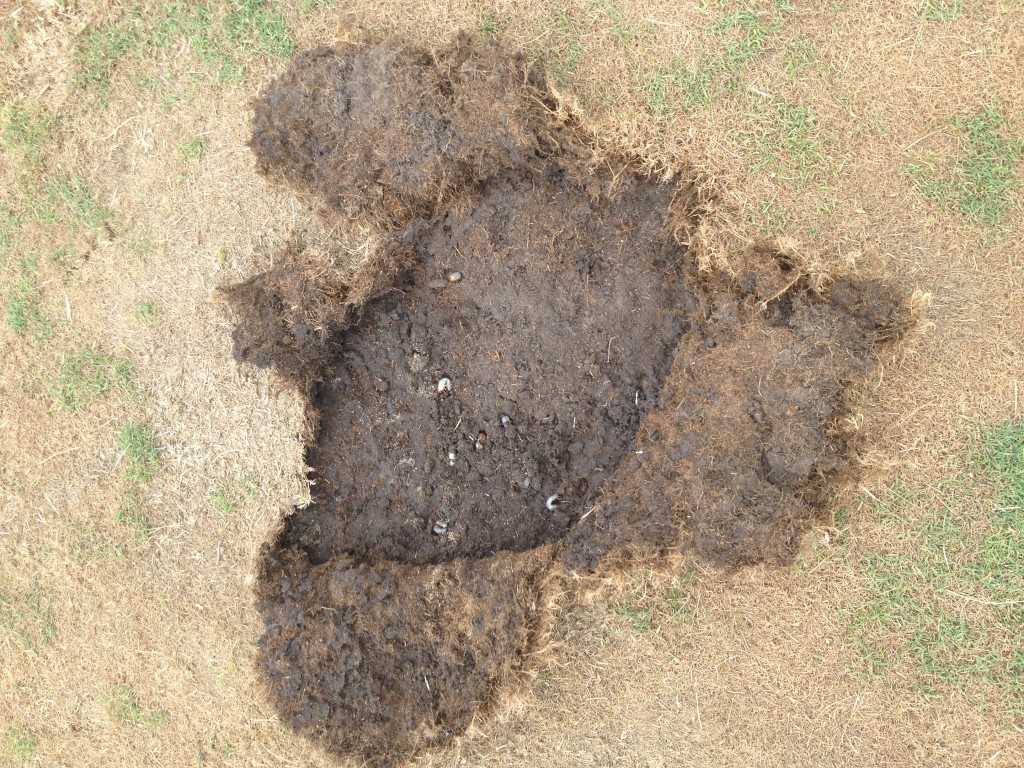

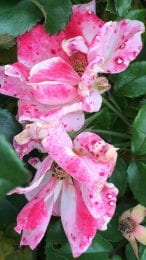
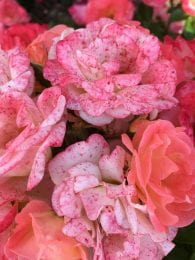
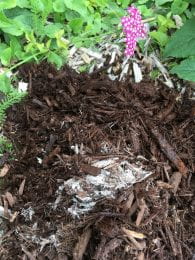 every spring. Basically mulch molds are wood decomposers. They occur as part of the natural ecosystem that breaks down organic matter. This is probably why we have to replace the mulch in our flower beds every year.
every spring. Basically mulch molds are wood decomposers. They occur as part of the natural ecosystem that breaks down organic matter. This is probably why we have to replace the mulch in our flower beds every year.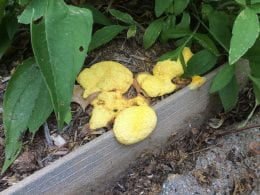 It is not necessary to use fungicides to get rid of them. They are pretty much present whether we see them or not.
It is not necessary to use fungicides to get rid of them. They are pretty much present whether we see them or not.
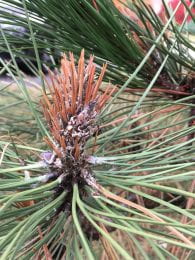
 This fungal disease is primarily a problem on mature pine plantings (ie crowded, with poor air flow). Over a period of many years (10-15), the disease slowly chews up the tree resulting in a tree that appears half dead. The black pepper speck, fungal fruiting bodies (pycnidia) on the back of the pine cone scales are a key diagnostic feature for Diplodia tip blight.
This fungal disease is primarily a problem on mature pine plantings (ie crowded, with poor air flow). Over a period of many years (10-15), the disease slowly chews up the tree resulting in a tree that appears half dead. The black pepper speck, fungal fruiting bodies (pycnidia) on the back of the pine cone scales are a key diagnostic feature for Diplodia tip blight.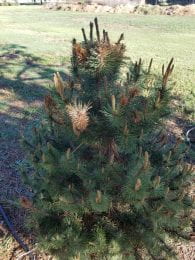 by two separate pine samples that came through the K-State Plant Disease Diagnostic lab last week. Both pines had Diplodia tip blight, causing a shoot blight of the new growth, but…they were from young trees (3-5yrs old)!
by two separate pine samples that came through the K-State Plant Disease Diagnostic lab last week. Both pines had Diplodia tip blight, causing a shoot blight of the new growth, but…they were from young trees (3-5yrs old)!
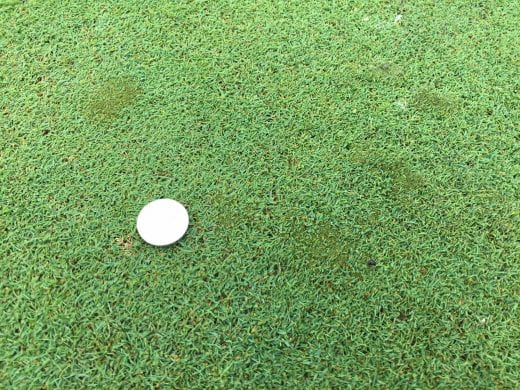
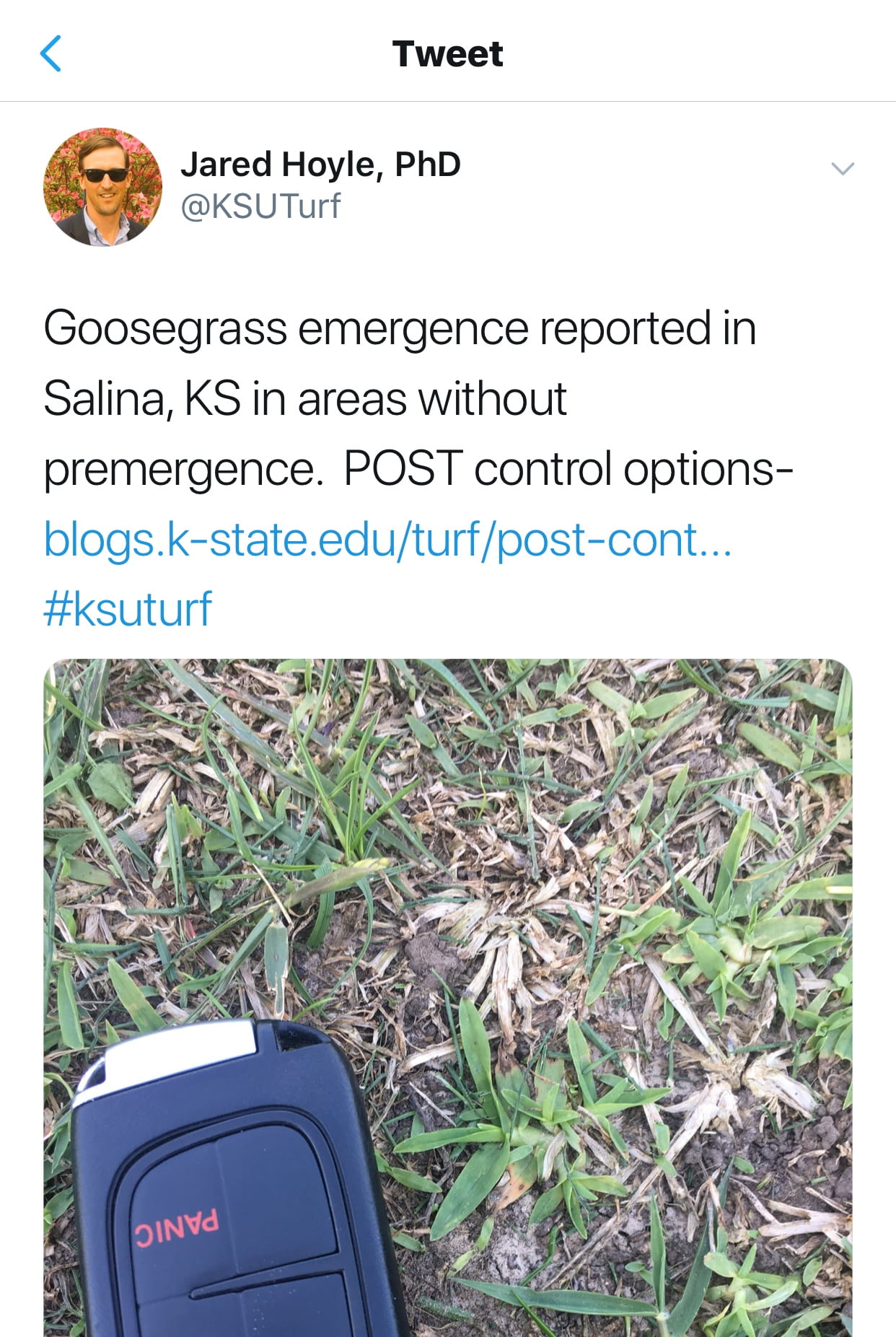

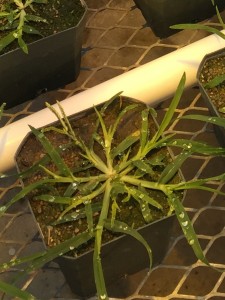
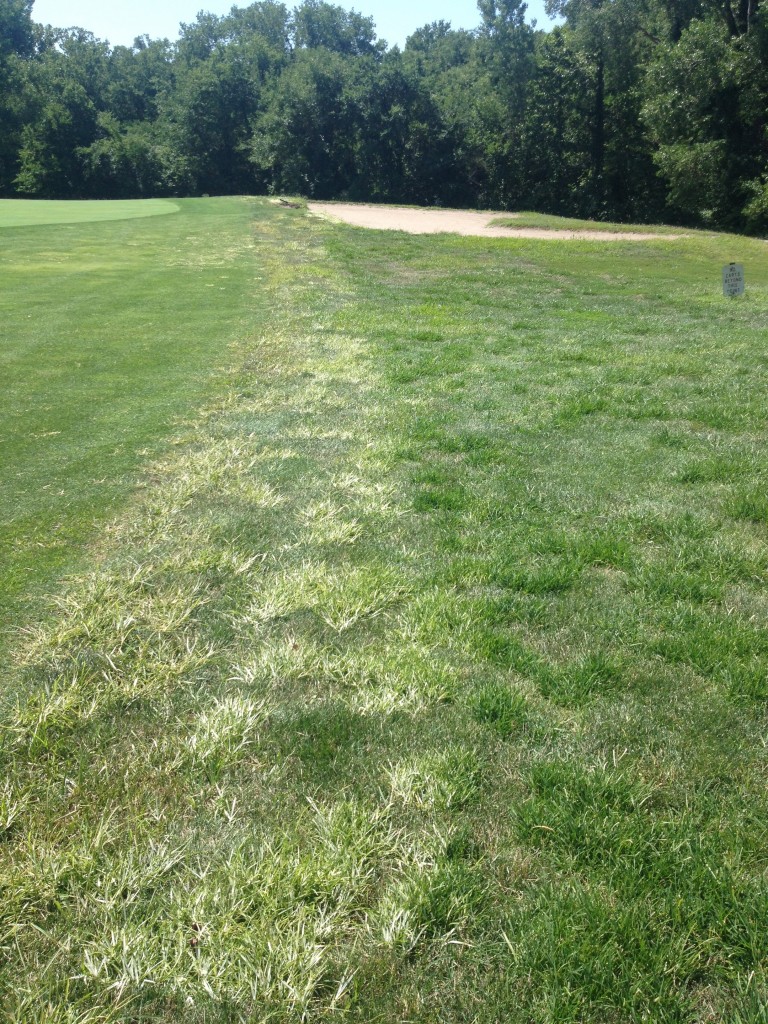
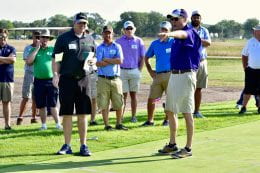 The field day program is designed for all segments of the turf & ornamentals industry – lawn care, athletic fields, golf courses, nursery, landscape & grounds maintenance. Included in the field day program: research presentations, problem diagnosis, commercial exhibitors, and equipment displays.
The field day program is designed for all segments of the turf & ornamentals industry – lawn care, athletic fields, golf courses, nursery, landscape & grounds maintenance. Included in the field day program: research presentations, problem diagnosis, commercial exhibitors, and equipment displays.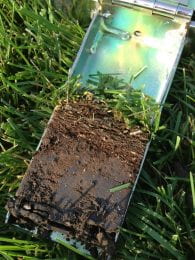
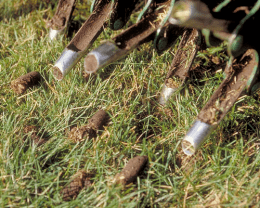 It should be neither too wet nor too dry, and the soil should crumble fairly easily when worked between your fingers. Go over the lawn enough times so that the aeration holes are about 2 inches apart.
It should be neither too wet nor too dry, and the soil should crumble fairly easily when worked between your fingers. Go over the lawn enough times so that the aeration holes are about 2 inches apart.